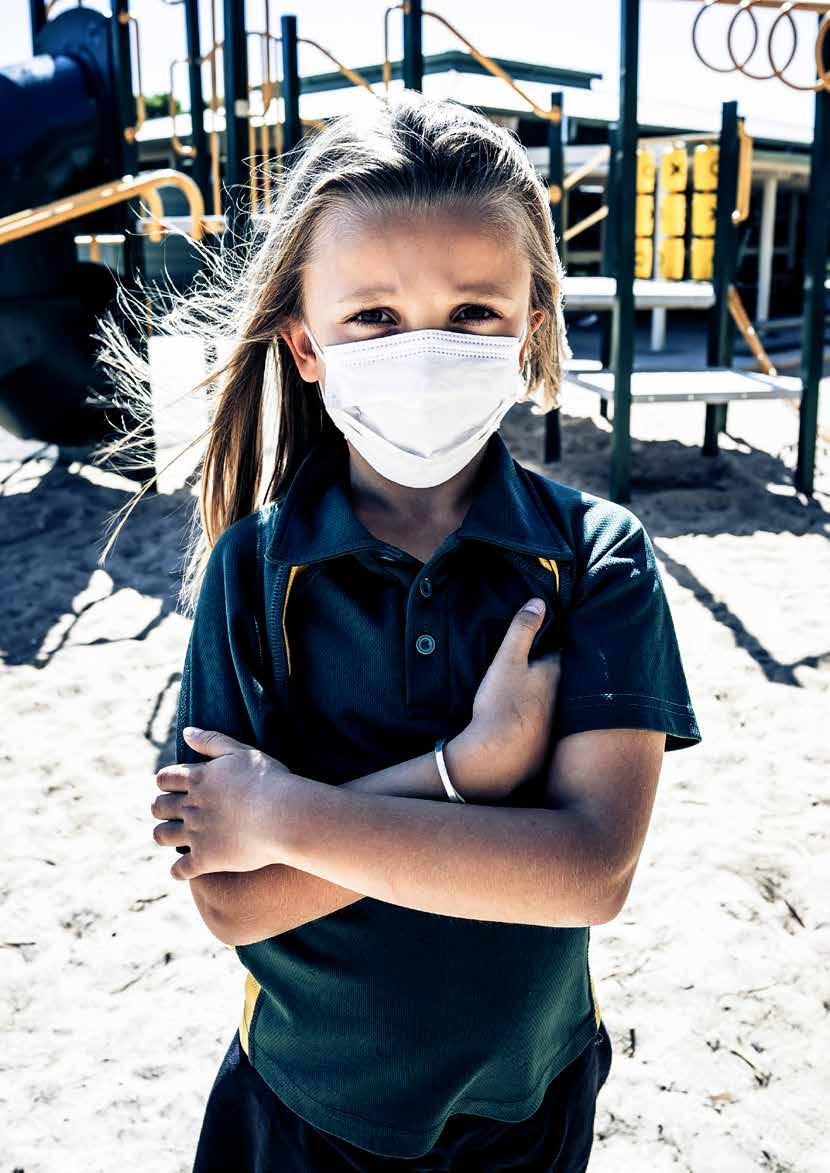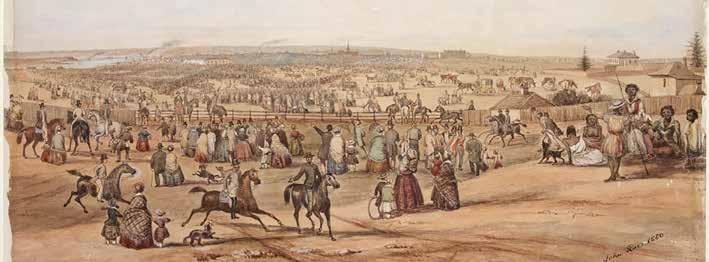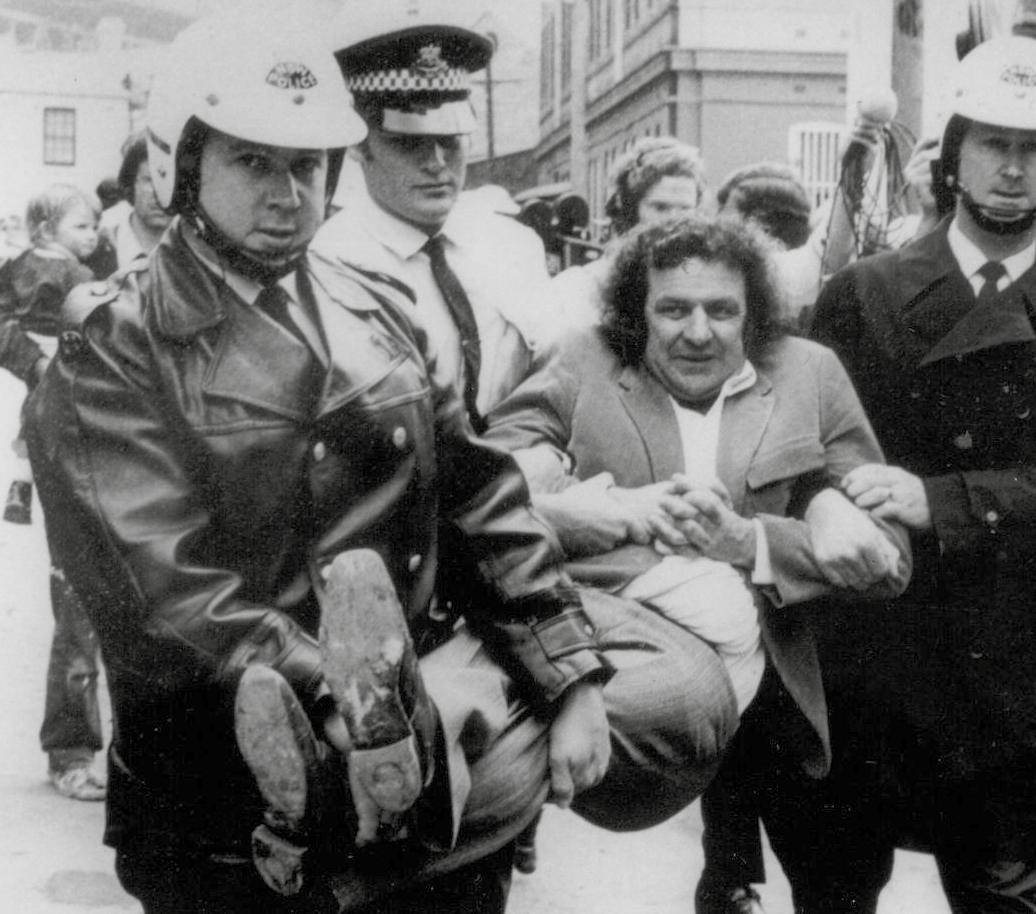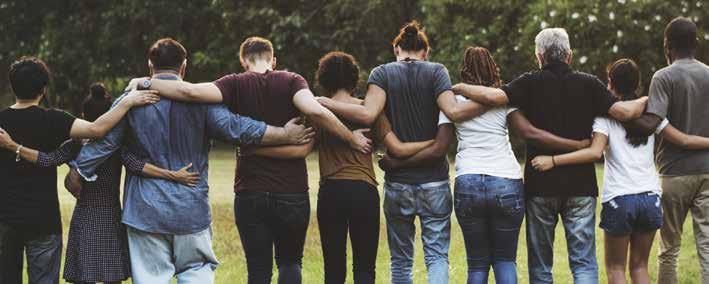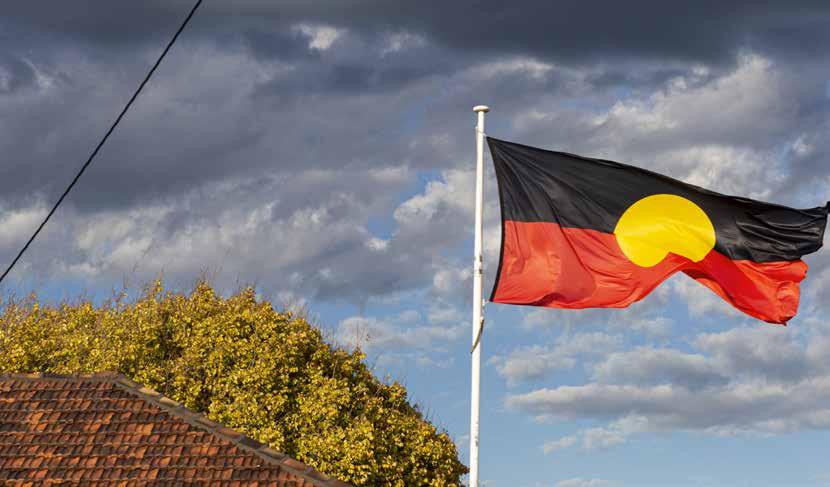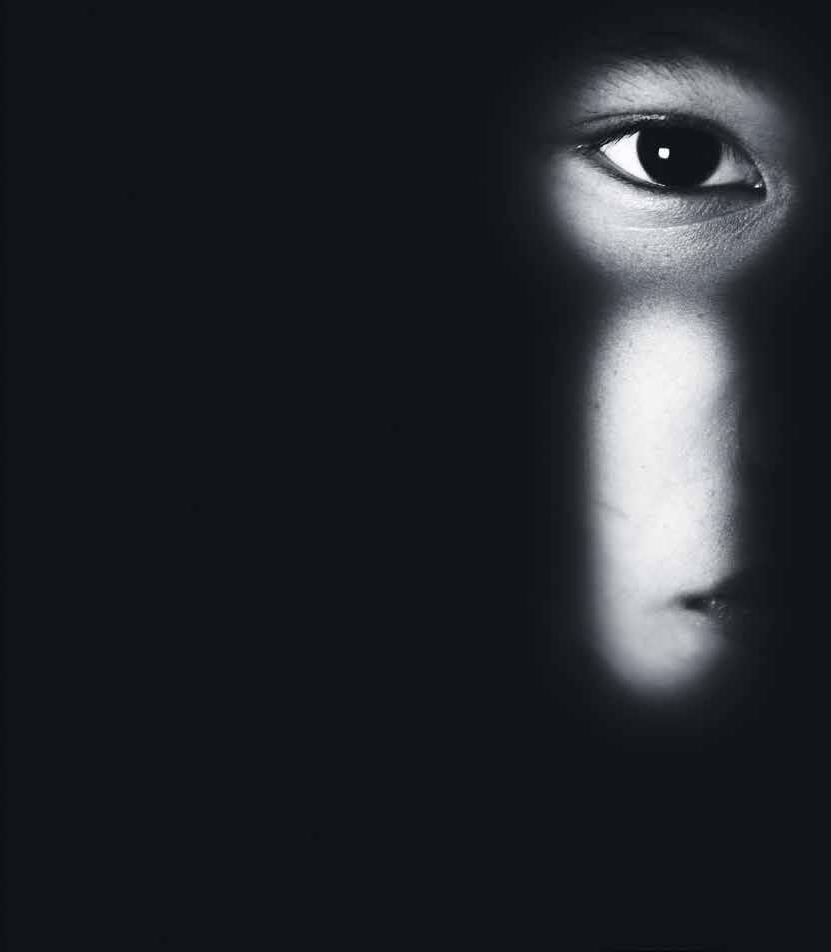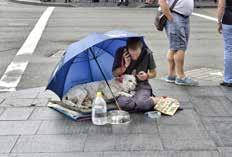COVID19 SPECIAL REPORT: DOMESTIC VIOLENCE
ABUSED AND ISOLATED IN LOCKDOWN
WHEN AUSTRALIANS WERE INSTRUCTED TO STAY IN THEIR HOMES, VICTIMS OF DOMESTIC VIOLENCE SUDDENLY FOUND THEMSELVES TRAPPED INDOORS WITH THEIR ABUSERS.
O
n average, one woman a week is murdered by her current or former partner. Australian police deal with a domestic violence case every two minutes. Most survivors of intimate partner violence are women. Indeed, women are more likely than men to experience violence by a partner — 17 percent or 1.6 million women, compared to 6.1 percent or 547,600 of men. Women are also most likely to experience physical assault in their home. Sobering statistics. Statistics that have only worsened during the COVID lockdown. As the coronavirus spread and Australians were ordered to stay in their homes, women found themselves trapped indoors with their abuser. “We were asking these people to isolate themselves with their perpetrator, which cuts them off from any support system they have,” said Rachael Natoli — founder of the Lokahi Foundation, an Australian charity that provides support to domestic violence victims. “If you are locked up with your perpetrator, you are at more risk. There is no break.” Results from a survey conducted by Women’s Safety NSW backs this up by clearly showing that COVID-19 has caused a spike in cases of domestic violence against women. “We know that women and children are at increased risk of violence and abuse because of COVID-19, and that they are having greater difficulty in accessing safety and supports,” said Hayley Foster, Chief Executive Officer of Women’s Safety NSW. The organisation reports an
14
increase in client numbers; an increasing complexity of client needs; escalating or worsening violence; a sharp increase in violence being reported for the first time; and violence specifically relating to COVID-19. “What we are observing is a ramping up on each indicator,” said Foster. “Not only are we seeing increased client numbers in more locations, we’re also seeing instances where the COVID-19 pandemic is contributing to more extreme violence and abuse, as well as cases where violence is erupting in relationships for the first time.” The triple whammy of a national lockdown, an economic meltdown plus mass unemployment provided the perfect storm for domestic and family violence (DFV). Once the lockdown kicked in, Google recorded a marked increase in the number of domestic violence-related searches — up by a whopping 75 percent. “What that says to us,” said CEO of Women’s Community Shelters, Annabelle Daniel, “is people are very scared for the potential for lockdown increasing the intensity of domestic or family abuse they might already be experiencing.” Speaking to SBS News, Daniel added: “One thing we do know about domestic and family abuse is that controlling behaviours can be absolutely amplified in an isolation setting.” To give due credit, the NSW Government was quick to respond to the upward trend of DFV. As far back as March, the Department of Communities and Justice (DCJ) freed up
Inner Sydney Voice • Winter 2020 • www.innersydneyvoice.org.au
temporary accommodation so that service providers could ensure their clients could self-isolate in safety. Not only that, the DCJ suspended time-limit restrictions on stays in temporary accommodation. “It means women and children fleeing violent and abusive homes at this time still have a viable option, even in the face of women’s refuges reaching capacity,” said Foster, adding: “We’ve been really impressed with the level of consultation and engagement by the NSW Government with the women’s safety and domestic violence sectors throughout this period. It’s been reassuring to know that the Government has real-time information available to them from the frontline in order to inform their decision making.” Renata Field is a project coordinator at Domestic Violence NSW, a

